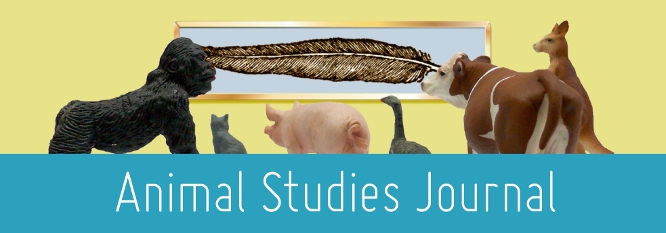Home > assh > ASJ > Vol. 8 (2019) > No. 1

Abstract
James Hevia’s very accomplished history, Animal Labor and Colonial Warfare, actually contains more than one history. A history of the military’s reliance on nonhuman animal (animal) labour emerges from a history of the administrative procedures of a British colonial regime. Some years ago, I went searching for this type of animal history to contextualize colonial war re-enactments with circus and menagerie animals. Hevia provides statistical information about the animals involved in colonial military ventures, breaking down the figures by species and compiling total numbers and percentages. He develops an in-depth analysis of the monumental scale of animal deployment – the camels, mules and horses – within nineteenth-century conflicts in northern India and Afghanistan. This is also a history of human failings and animal suffering. Animals were necessary for the transportation of supplies and ammunition, and Hevia contrasts the essential role of the pack animals with that of the military mounts in the campaigns. The measured tone of the book combined with substantial evidence supports a convincing argument that chaotic and fractious practices brought about a scandalous level of neglect for animal welfare. For example, Hevia’s research reveals that two thirds of the pack camels in one military campaign could not be accounted for, and nearly half the pack camels in another campaign perished. He demonstrates how a callous view of pack animals led to their rapid demise and meant that they laboured until they dropped, and at times dead animals lined the route in numbers that created an unbearable stench. A lack of specialist knowledge and skilful handlers was compounded by poorly configured chains of command and ineptitude by the military. The accumulated account denotes war-like carnage inflicted on nonhuman others.
Recommended Citation
Tait, Peta, [Review] James Hevia, Animal Labor and Colonial Warfare. Chicago University Press, 2018. 328pp, Animal Studies Journal, 8(1), 2019, 234-236.Available at:https://ro.uow.edu.au/asj/vol8/iss1/16
Included in
Agricultural and Resource Economics Commons, Art and Design Commons, Art Practice Commons, Australian Studies Commons, Communication Commons, Creative Writing Commons, Digital Humanities Commons, Education Commons, English Language and Literature Commons, Feminist, Gender, and Sexuality Studies Commons, Film and Media Studies Commons, Fine Arts Commons, Legal Studies Commons, Linguistics Commons, Philosophy Commons, Political Science Commons, Public Health Commons, Race, Ethnicity and Post-Colonial Studies Commons, Sociology Commons, Theatre and Performance Studies Commons

